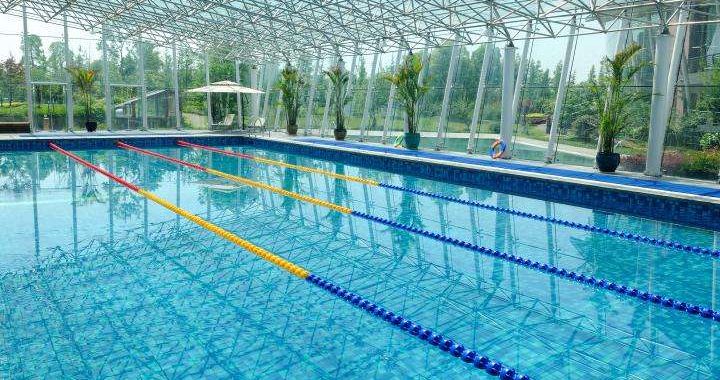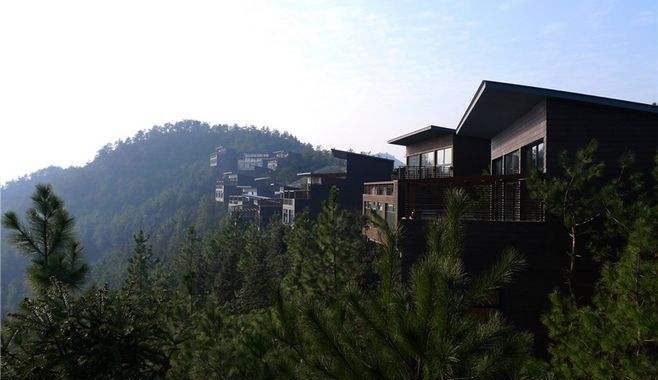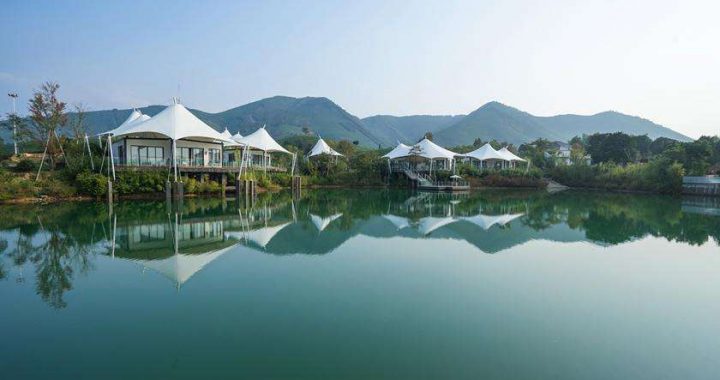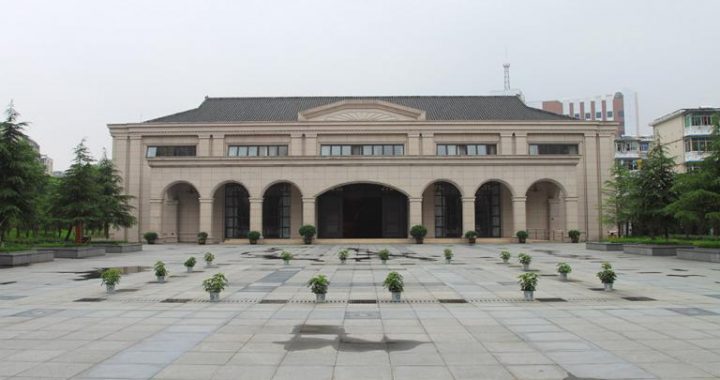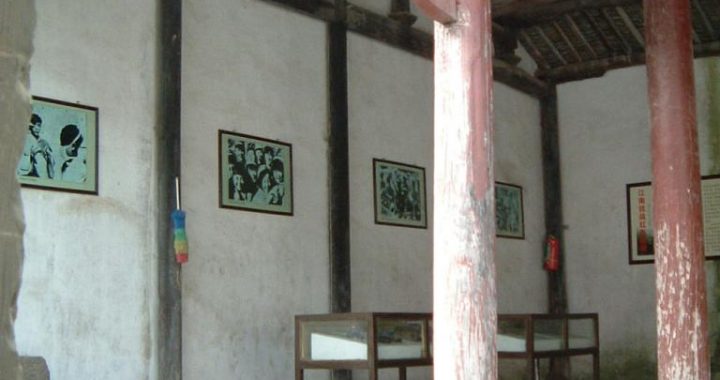Red House and Liushi Tihao
5 min readIt belonged to Liu Tiqing, the third son of the top merchant Liu Yong among the”Four Giants”(four millionaires) in ancient Nanxun. The owner’soriginal name was Liu Ansheng, styled Tiqing. So that the building is commonly called Liushi Tihao. Because of the construction built with red bricks, it is also known as “Red House”.

According to the historical records,a garden named “Small Taoyuan”was built on the very site during the Zhizheng Period of the Yuan Dynasty.
There was a narrow passage in the garden, and the passage was named “Garden Alley”. The area was occupied by a wealthy family, and was the residence of Zhuang Yuncheng in the late Ming Dynasty. Afterwards,a building was constructed in the residence by Zhuang Tingyue, the son of the Zhuang. The building was called”Bai Chi Lou”(Bai means hundred, Chi is a Chinese unit of length=1/3 of a meter and Lou is building). It was used for reading and storing books.A historic tragedy about “literary inquisition”once happened to the family there in the early Qing Dynasty. In Chinese history, some rulers usually persecuted the people, especially the men of letters by the means of the literary inquisition to defend the feudal ruling class and to consolidate the dominant position. The rulers even encouraged people to write something with the ulterior motives at first, and then tried to find some farfetched interpretations with a bit of discontent to rulers from their writings. As the result, the writer was accused of defying rulers and was punished for what he had written. The imprisonment or execution of authors for writing something that were considered as offences against the emperor by the imperial court prevailed particularly in the Qing Dynasty.

By that way, many scholars of integrity with ideals were punished by the fabricated or unwarranted charges. It was just at the residence the biggest literary inquisition case-the Book Case of Zhuang Family in the Qing Dynasty took place, in which the ancestors of Jin Yong, the modern kongfu-novel writer, were also involved. Zhuang Family was imprisoned in the Reign of Shunzhi in 1662 for compiling the books about the Ming Dynasty, and defaming the rule of the Qing Dynasty. The historical record says that over 700 people were killed because of the case, and hundreds of family or clan members were banished. Such a historical case of the Zhuang, which brought about a deplorable massacre, made the family broken. Liu Tiqing bought that property from a Qian Family in the 3lst year of the Guangxu Period of the Qing Dynasty (1905), and began to construct on the site in the same winter.
No one ever mentions Liu Tiqing (1876-1950) without knowing that he was not only a collector of antiques, but also an entrepreneur owning much real estates in Shanghai, Hangzhou and other places. In the “”Members of Shanghai General Chamber of Commerce”which was published in April of 1928(the 17th year of the Republic of China), he and Liu Chenggan, Liu Huhan were listed among the 16 top real estate giants who possessed many large-scale enterprises at that time. In the 16th year of the Republic of China (1927), Liu Tiqing, Pang Zancheng and others raised funds about 280,000 Liang in silver to set up Chongyu Silk Factory in Tangxi of Yuhang County.
They imported a large number of modern silk cocoon reeling machines from Italy to treat silk under the high temperature, and they also introduced advanced techniques and equipment from Japan. What they did greatly increased the productivity of raw silk. The annual output of the White Steam Filature amounted to more than 40 tons. The products were exported to Europe, the United States and other regions like Southeast Asia. It was praised as the first-class and large-scale filature factory with 1,340 employers in Zhejiang province, even in China at that time.
After three years, the Red House was completed in 1908. The whole building consists of the southern, the northern and central parts. The central part, which is mainly composed of halls, central rooms, wing-rooms and pavilions, follows the traditional architecture style of the Confucius culture, and the southern and the northern parts are mixed the styles of West European and Roman architectural designs.The characteristics of the building lie in its exquisite brick sculpture,stone sculpture and wood carving.The aged house with two-storey reflects the fashion of one hundred years ago in the thousand-year-old water town.The idyllic residence was full of life in the past,the lawn behind the house was once used as a tennis court,a corner of which was used for raising cows,a large chimb clock was once set on the belfry near the pond,the sound of punctual striking could be heard near and far.
As the time dating back further,at the other side of the Yicang River to the back of Red House,a stretch of land about 20 mu had been explored,where trees and flowers were planted,the slopes were covered with Chineselace-bark pine trees,the hill was piled up with rocks,the pond was dug to store water for cultivating lotus,a small house in European style,and apavilion were set on the terrance.That was a garden named Liu Garden by Liu Tiqing himself.All what he had done passed on his intention to carry forward the historical significance of the“Small Taoyuan”and devoted himself to preserve the historical relics.
It is interesting that the Chinese pronunciation of “Liu”in the garden’s name with the meaning of remaining or preserving is just identical to the pronunciation of Liu’s family name. The homophone gives another reason for Liu to name the garden. In the thirties of last century,a part of Liu Garden was given to a nephew of the family whose last name is Xu.
Therefore, the garden is also known as Xu Family Garden. Unfortunately it was greatly damaged during the Anti-Japanese War(1937-1945), The first and the second rows of houses in the residence were set fire by Japanese troops, but the third row has been preserved with the lotus pond. The magnificent houses decorated with those fine carvings, the tall glass-windows with exquisite patterns, the graceful ground bricks imported from France, and the Western-style furniture and fireplaces all reflect the social status of Liu’s family, and tell tourists something about Liu’s flavour in his life.

